Arts & Sciences Magazine Fall 2017
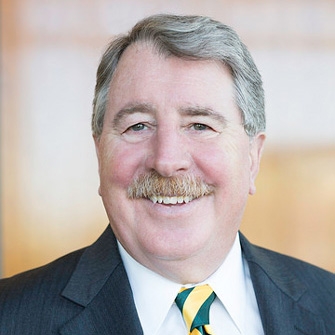
Letter from the Dean of the College of Arts and Sciences
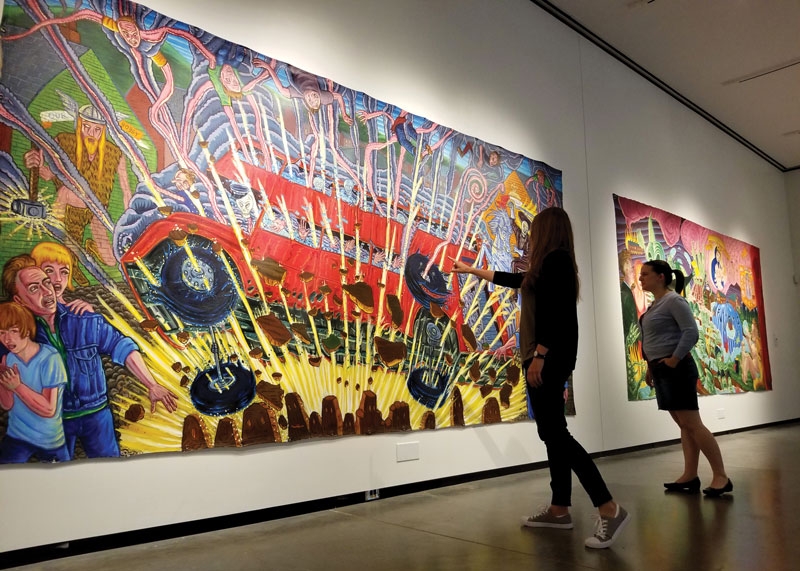
Finishing Strong
We finished the academic year with a major exhibition at the Abroms-Engel Institute for the Visual Arts and celebrated another joyful, thrilling commencement ceremony, at which more than 2,000 UAB students graduated.
Read more
College Alumni Community
Our former graduates have had a great year of events and celebrations, all organized by our Alumni Board led by president Wes Calhoun.
Read more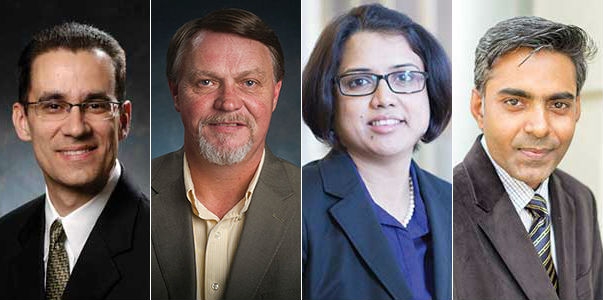
Faculty Receive University Awards
Renato Camata, Roger Gilchrist, Samiksha Raut, and Nitesh Saxena were all recognized this year for their excellence in teaching, mentorship and advising.
Read more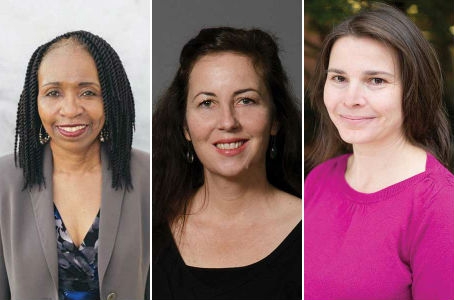
New Chairs, New Faculty Join the College
This fall, we welcomed several new faculty members, a new chair for the Department of Sociology, and three interim chairs. We are proud to have all of them in leadership and academic positions and are excited to see what they accomplish at UAB.
Read more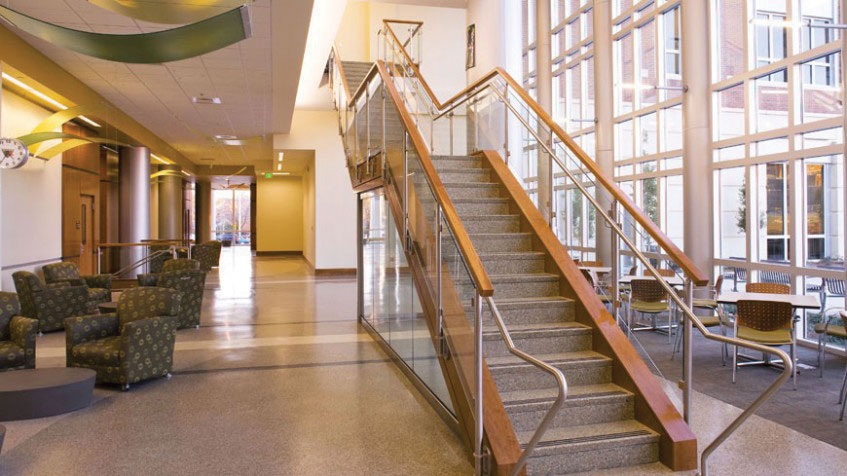
Nine Departments Welcome New Faculty Members
This fall, new faculty members join the Department of Communication Studies, the Department of Computer Science, the Department of Criminal Justice, the Department of English, the Department of Music, the Department of Philosophy, the Department of Social Work, the Department of Sociology, and the Department of Theatre.
Read more
New Degrees, New Department Names
At recent Board of Trustees meetings, two new degrees and two new department names were approved.
Read more
New Building Groundbreaking
Dean Palazzo, along with President Ray Watts and Provost Pam Benoit, joined several invited guests to celebrate the groundbreaking for our new arts and sciences academic building on Tuesday, September 19, 2017.
Read more
Remarkable Generosity
Donors establish five new endowments in the College—the most ever received in one year.
Read more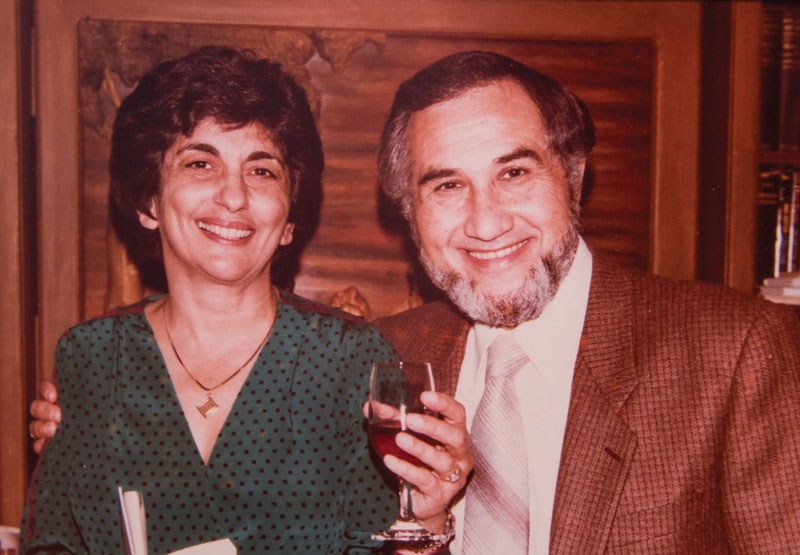
Personal History
Love and learning are the two recurring themes of Sol and Rita Kimerling’s incredible story.
Read more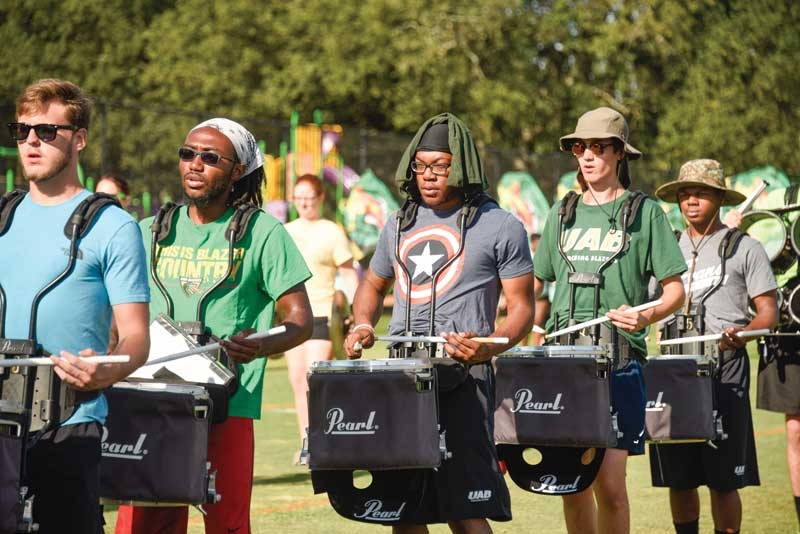
Strike Up the Band!
Under the leadership of new director of bands Dr. Sean Murray, the marching blazers are ready to retake the field this fall.
Read more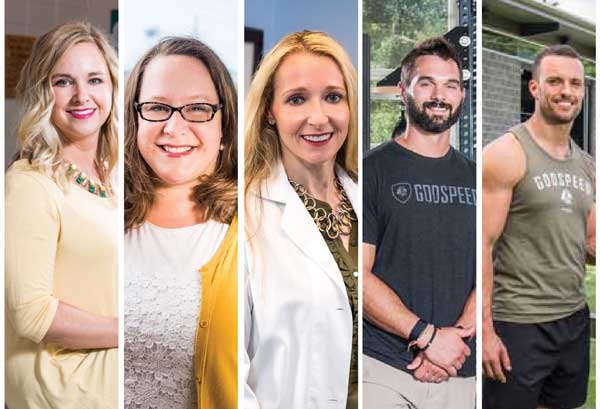
Risk Takers
From changing majors to changing sports, these former football players, cheerleaders, majorettes, and Blazerettes stepped outside their comfort zones and transformed their student experiences–and future careers.
Read more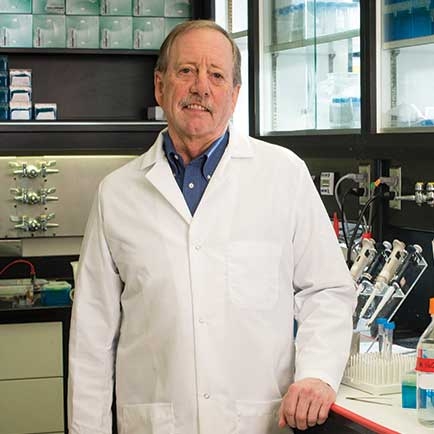
Just This Once, A little Health Advice
Am I the only one who feels bombarded by unwanted health advice? You can’t open a newspaper (remember those?), a magazine, the internet, or turn on the television without stumbling across someone dispensing tips for living a longer, healthier life.
Read more